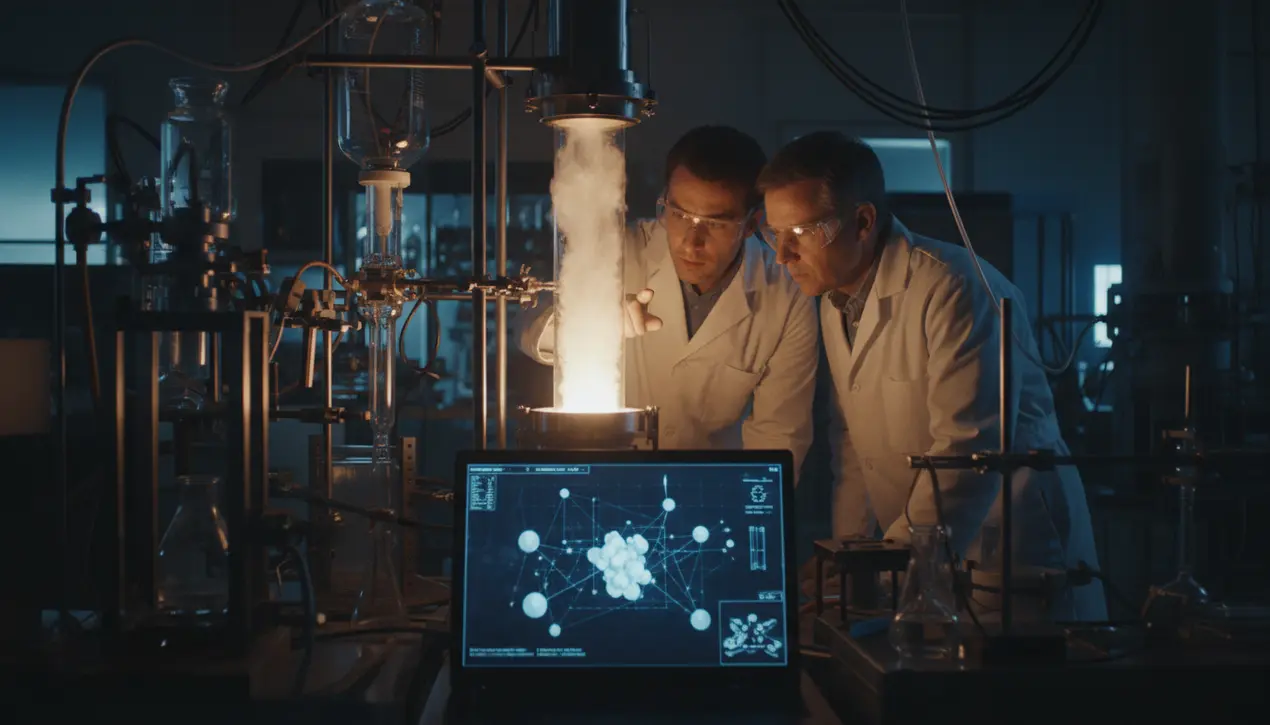
SciencechemistryIndustrial Chemistry
Scientists uncover hidden atomic process that supercharges propylene production
KE
Kevin White
3 hours ago7 min read2 comments
In a breakthrough that reads like a script for molecular-scale industrial engineering, scientists have successfully decoded the atomic-level secrets governing catalysts that efficiently transform propane into the far more valuable chemical precursor, propylene. This isn't just an incremental improvement; it's a fundamental reimagining of the catalytic dance happening at scales invisible to the naked eye.The real plot twist, uncovered by sophisticated algorithms acting as high-powered computational microscopes, was the unexpected role of oxide behavior. Rather than being passive spectators, these oxides actively stabilize the entire reaction by dynamically clustering around defective metal sites—the very spots where the crucial chemical reaction of dehydrogenation occurs.Think of it as the catalyst's own internal repair crew, spontaneously organizing to reinforce weak points and prevent the entire structure from collapsing under the intense heat and pressure of industrial processing. This discovery, emerging from the fertile intersection of artificial intelligence and materials science, has monumental implications for the future of industrial chemistry.Propylene is the indispensable building block for a vast universe of products, from the polypropylene in your car bumpers and food containers to the acrylics in paints and fabrics. The traditional methods of producing it, primarily steam cracking, are notoriously energy-intensive and expensive.This new understanding provides a precise blueprint for designing next-generation catalysts that are not only more efficient and selective but also astonishingly durable, dramatically reducing energy consumption and waste. The ramifications extend far beyond propylene production, offering a tantalizing template for revolutionizing other major processes, such as methanol synthesis, which is pivotal for clean energy and chemical manufacturing.We are essentially witnessing the birth of predictive catalyst design, where we can computationally model and perfect these atomic interactions before ever firing up a lab furnace. This shift from serendipitous discovery to intentional engineering marks a new chapter for the chemical industry, promising a future where production is cleaner, cheaper, and fundamentally smarter, all guided by the hidden rules of the atomic world now brought into the light.
#featured
#catalysts
#propylene production
#industrial chemistry
#atomic process
#research breakthrough
Stay Informed. Act Smarter.
Get weekly highlights, major headlines, and expert insights — then put your knowledge to work in our live prediction markets.
Related News
Comments
Loading comments...
© 2025 Outpoll Service LTD. All rights reserved.